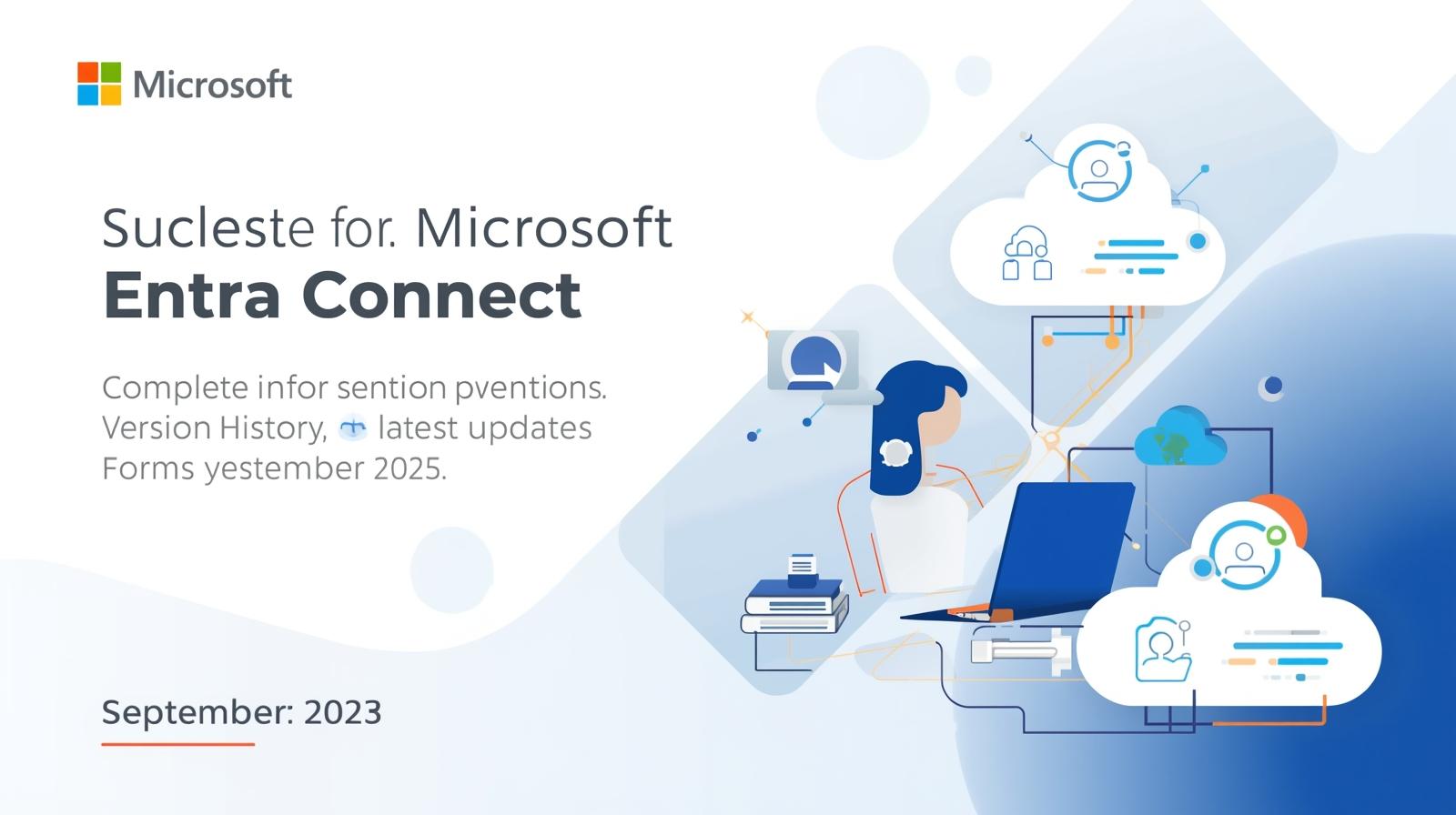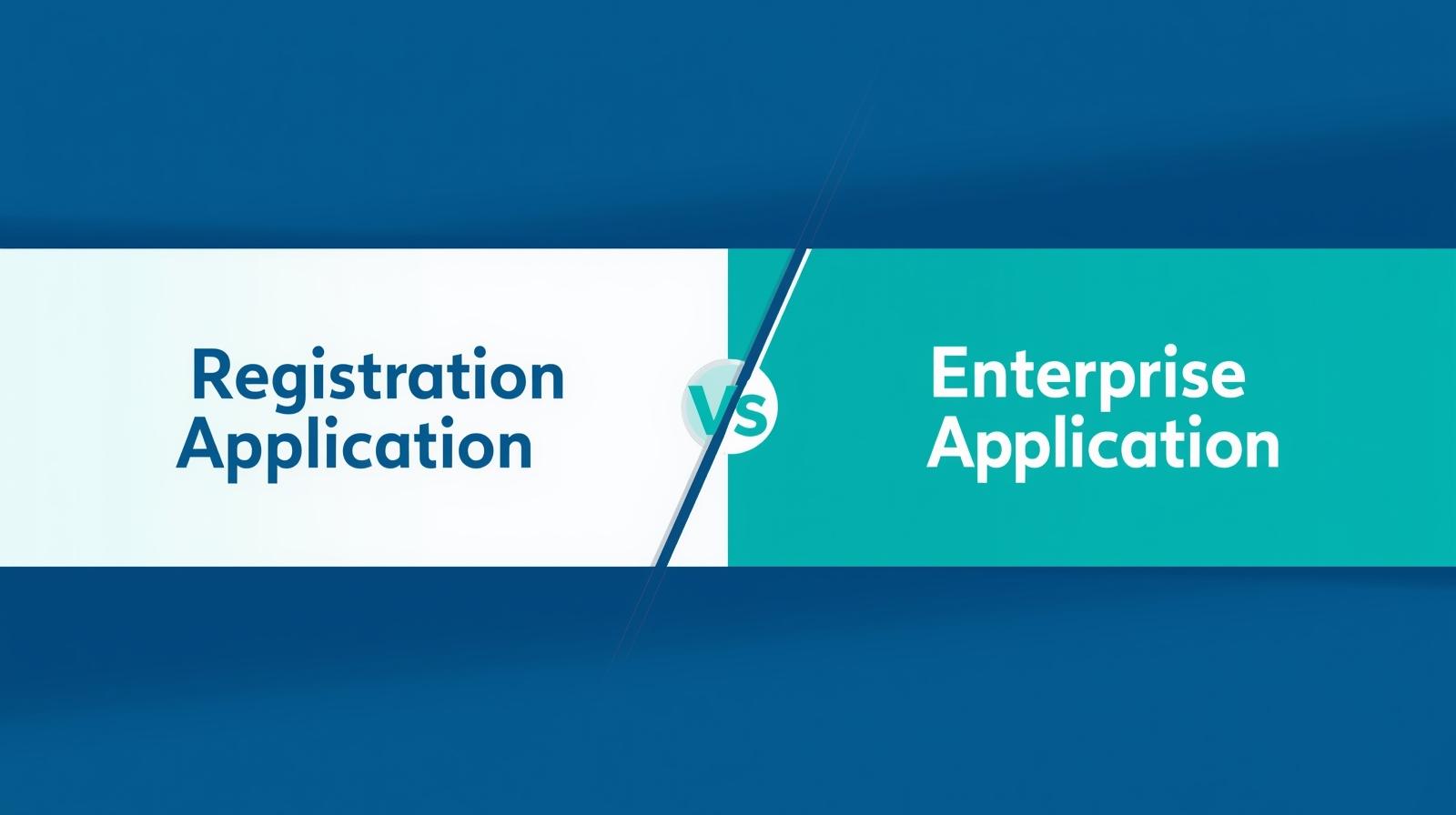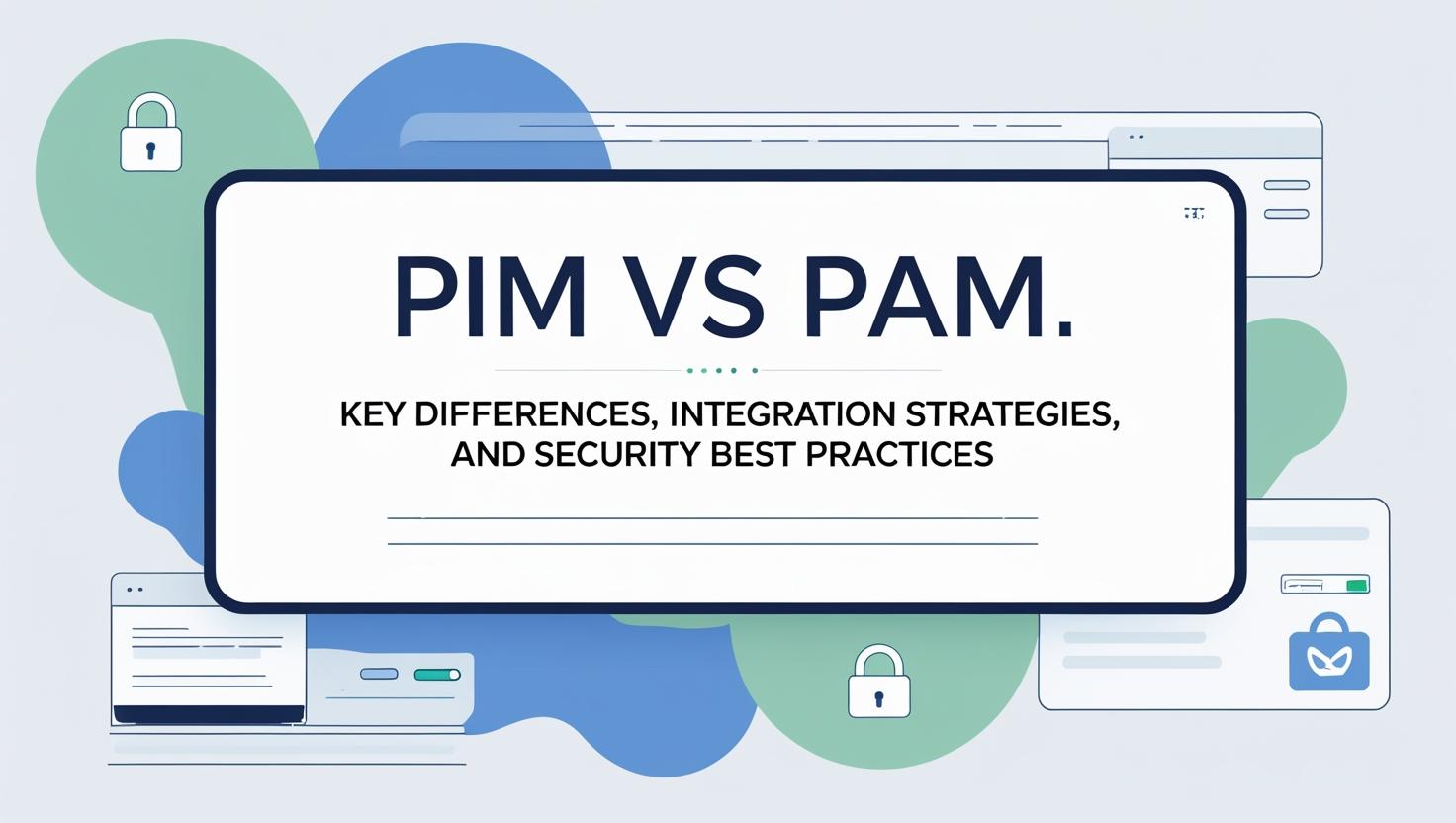What is an Identity Provider (IdP)?
An Identity Provider (IdP) is a crucial component in the digital ecosystem that stores and manages users’ digital identities. Picture an IdP as the digital equivalent of a guest list, but for cloud-hosted applications instead of events. An IdP can verify user identities through various methods, such as username-password combinations or other authentication factors. Alternatively, it may simply provide a list of user identities for other services, like Single Sign-On (SSO) systems, to check.
IdPs aren’t limited to human users; they can authenticate any entity connected to a network or system, including computers and other devices. In technical terms, these entities are referred to as “principals” rather than “users.” While IdPs are predominantly used in cloud computing to manage user identities, their utility extends beyond just human users.
What is User Identity?
Digital user identity is defined by quantifiable factors that can be verified by computer systems. These are known as “authentication factors,” and they fall into three main categories:
Knowledge: Something you know, such as a username and password.
Possession: Something you have, like a smartphone.
Intrinsic Qualities: Something you are, such as a fingerprint or retina scan.
An IdP may use one or more of these factors to authenticate a user. When multiple factors are used, it is referred to as Multi-Factor Authentication (MFA), enhancing security.
Why are IdPs Necessary?
Tracking digital identity is essential, especially in cloud computing, where user identity is crucial for accessing sensitive data. Cloud services need to accurately retrieve and verify user identities. Storing user identities securely is also vital to prevent attackers from impersonating users. Identity providers typically implement robust security measures to protect user data, unlike services not dedicated solely to storing identity, which might store such data in less secure locations.
How do IdPs Work with SSO Services?
Single Sign-On (SSO) services provide a unified login experience for users to access multiple cloud services with a single set of credentials. While SSOs and IdPs are generally separate entities, they work closely together. An SSO service uses an IdP to verify user identity but does not store the user identity itself. Think of an SSO provider as a security firm hired to protect a company, while the IdP acts as the guest list that the security firm checks.
Even though they operate separately, IdPs are integral to the SSO login process. SSOs rely on IdPs to authenticate users and facilitate seamless access to various cloud applications. However, merging SSO and IdP roles can increase vulnerability to certain attacks, such as on-path attacks, making it common practice to keep these functions distinct.
Practical Example: How IdPs and SSOs Work Together
Imagine Alice using her work laptop at her company’s office to log into a live chat application for better coordination with her team. Here’s how the process unfolds:
Initiate Login: The chat app requests identity verification from the SSO.
Prompt Login: The SSO notices Alice hasn’t signed in and prompts her to log in.
Enter Credentials: Alice is redirected to the SSO login page where she enters her username, password, and a two-factor authentication code sent to her smartphone.
Verify Identity: The SSO sends a SAML request to the IdP used by Alice’s company.
Authenticate: The IdP responds with a SAML assertion confirming Alice’s identity.
Access Granted: The SSO sends a SAML assertion to the chat application, and Alice is redirected back to the app, now authenticated.













Leave a Reply